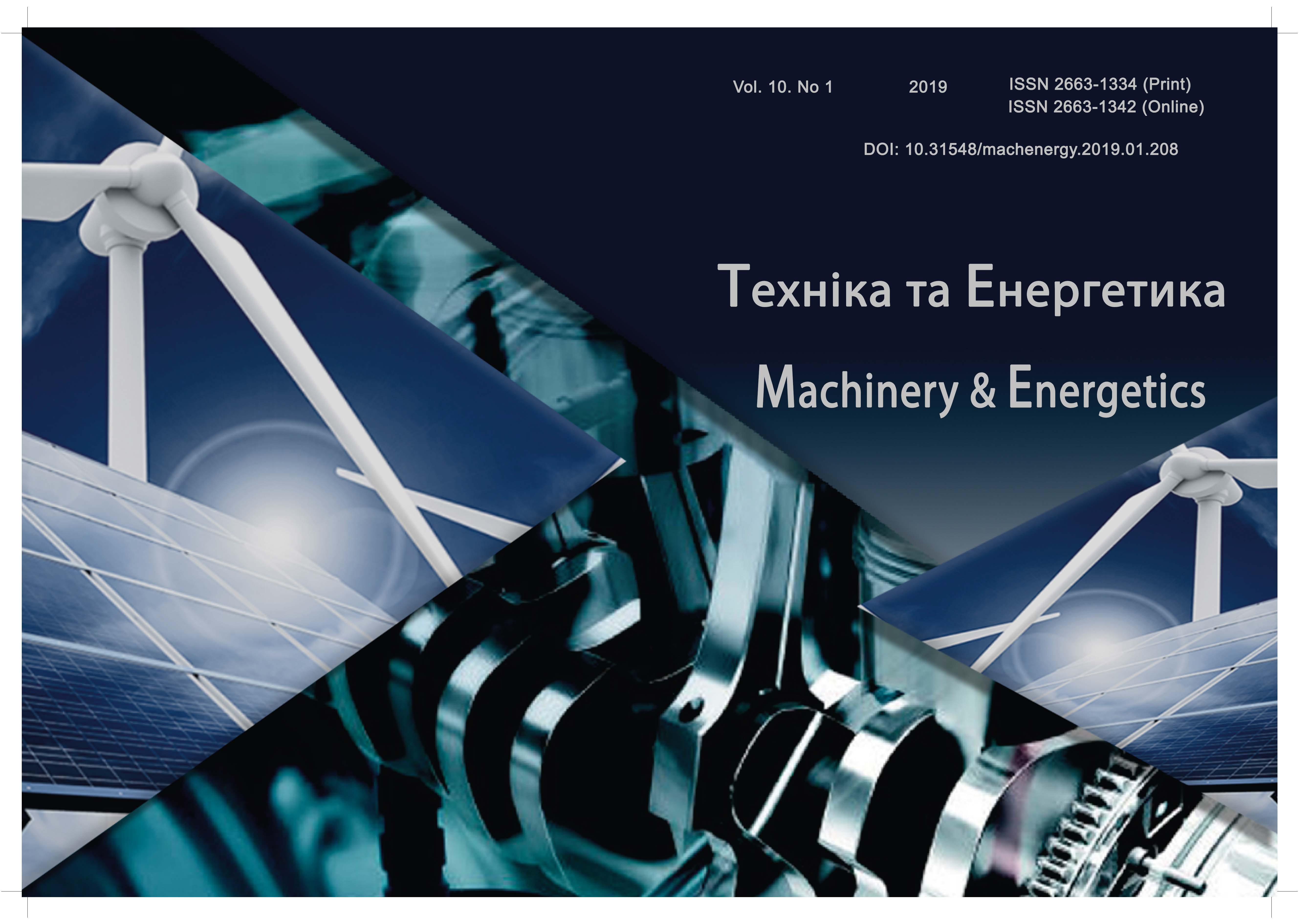Features of technical inspection and passportization of construction objects
DOI:
https://doi.org/10.31548/machenergy2019.01.165Keywords:
construction objects, technical inspection, passport of a construction object, engineering structures, buildings.Abstract
The main features of the construction passport are to fill in the chapters’ forms in accordance with the object codes and assess its technical condition, taking into account the analysis of the compliance of building structures with the requirements of mechanical resistance and stability, fire safety, safety of human life and health, noise protection and energy saving.References
Resolution of the Cabinet of Ministers of Ukraine dated April 12, (2017). No. 257 On Approval of the Procedure for Inspection of Construction Objects Accepted for Operation.
State Classifier of Buildings and Structures (2000): DK 018-2000. Kyiv. State standard of Ukraine, 24.
Guidelines for the inspection of buildings and structures for the determination and assessment of their technical condition (2016): DSTU N B V.1.2-18: 2016. Kyiv. Minregion of Ukraine, 43.
Estimation of the technical state of the steel structures under construction (2016): DSTU N B V.2.6-210: 2016. Kyiv. Minregion of Ukraine, 76.
General principles of ensuring the reliability and constructive safety of buildings, structures, building structures and foundations (2009). System of reliability and safety of construction objects: DBN B.1.2-14-2009. Kyiv. Minregion of Ukraine, 48.
Barashikov A. Ya., Malyshev O. M. (2008). Estimation of technical condition of buildings and engineering structures: Teaching manual for the higher educators. Kyiv. Basis. 320.
Malyshev О. M., Virotsky V. D., Nilov O. O., Serhiychuk O. V., Bachinsky V. S., Kostyra N. O., Lavrinenko L. I., Novgorod M. A. (2001). Technical examination and supervision of safe operation of buildings and engineering structures: Teaching manual. Kyiv. DP "The Main Educational-Methodical Center". 705.
Downloads
Published
Issue
Section
License
Relationship between right holders and users shall be governed by the terms of the license Creative Commons Attribution – non-commercial – Distribution On Same Conditions 4.0 international (CC BY-NC-SA 4.0):https://creativecommons.org/licenses/by-nc-sa/4.0/deed.uk
Authors who publish with this journal agree to the following terms:
- Authors retain copyright and grant the journal right of first publication with the work simultaneously licensed under a Creative Commons Attribution License that allows others to share the work with an acknowledgement of the work's authorship and initial publication in this journal.
- Authors are able to enter into separate, additional contractual arrangements for the non-exclusive distribution of the journal's published version of the work (e.g., post it to an institutional repository or publish it in a book), with an acknowledgement of its initial publication in this journal.
- Authors are permitted and encouraged to post their work online (e.g., in institutional repositories or on their website) prior to and during the submission process, as it can lead to productive exchanges, as well as earlier and greater citation of published work (See The Effect of Open Access).

